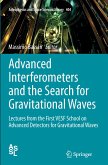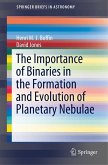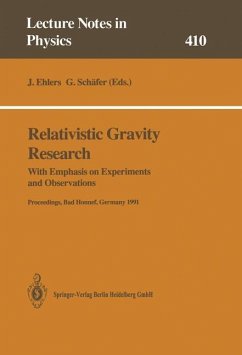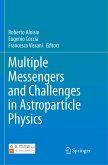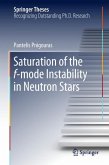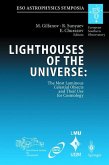The search for gravitational radiation with optical interferometers is gaining momentum worldwide. Beside the VIRGO and GEO gravitational wave observatories in Europe and the two LIGOs in the United States, which have operated successfully during the past decade, further observatories are being completed (KAGRA in Japan) or planned (ILIGO in India). The sensitivity of the current observatories, although spectacular, has not allowed direct discovery of gravitational waves. The advanced detectors (Advanced LIGO and Advanced Virgo) at present in the development phase will improve sensitivity by a factor of 10, probing the universe up to 200 Mpc for signal from inspiraling binary compact stars. This book covers all experimental aspects of the search for gravitational radiation with optical interferometers. Every facet of the technological development underlying the evolution of advanced interferometers is thoroughly described, from configuration to optics and coatings and from thermal compensation to suspensions and controls. All key ingredients of an advanced detector are covered, including the solutions implemented in first-generation detectors, their limitations, and how to overcome them. Each issue is addressed with special reference to the solution adopted for Advanced VIRGO but constant attention is also paid to other strategies, in particular those chosen for Advanced LIGO.
"This is an interesting book which bridges the gap between popular articles and treatises on gravitational waves, and the highly specialized articles on aspects of potential gravitational-wave sources and the detectors being designed to search for them. ... a book aimed at young keen researchers starting out in the field of gravitational-wave detection. ... it will also be of interest to experimental physicists working on the limitations to fundamental measurement." (Jim Hough, The Observatory, Vol. 135 (1245), April, 2015)


